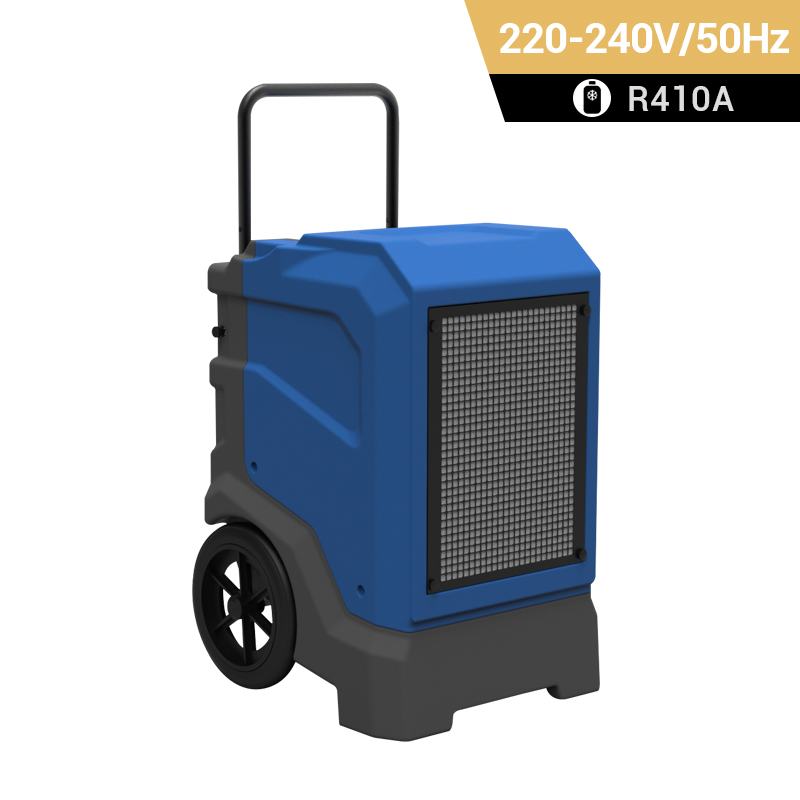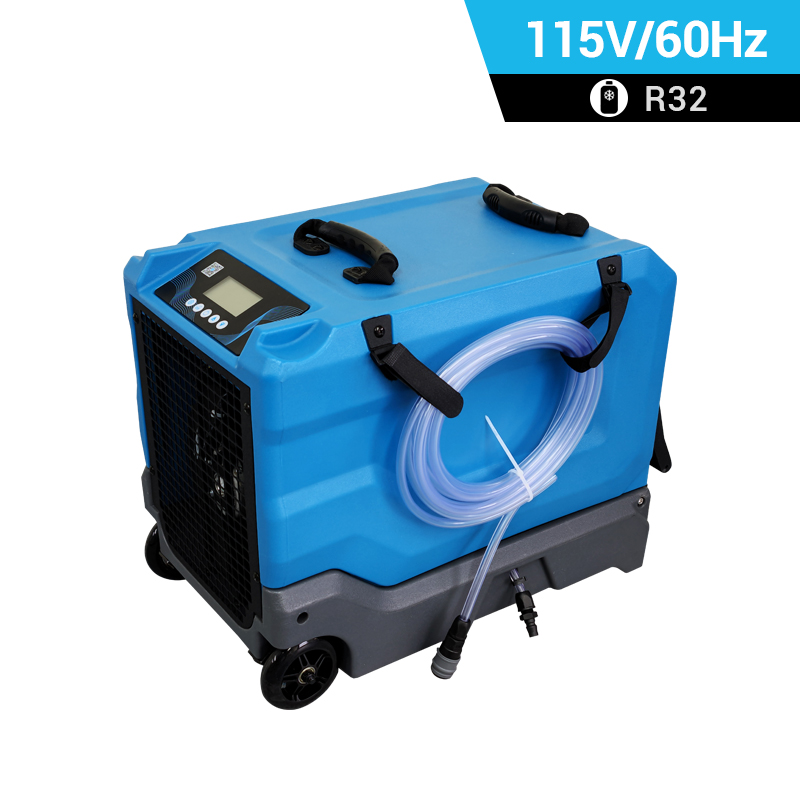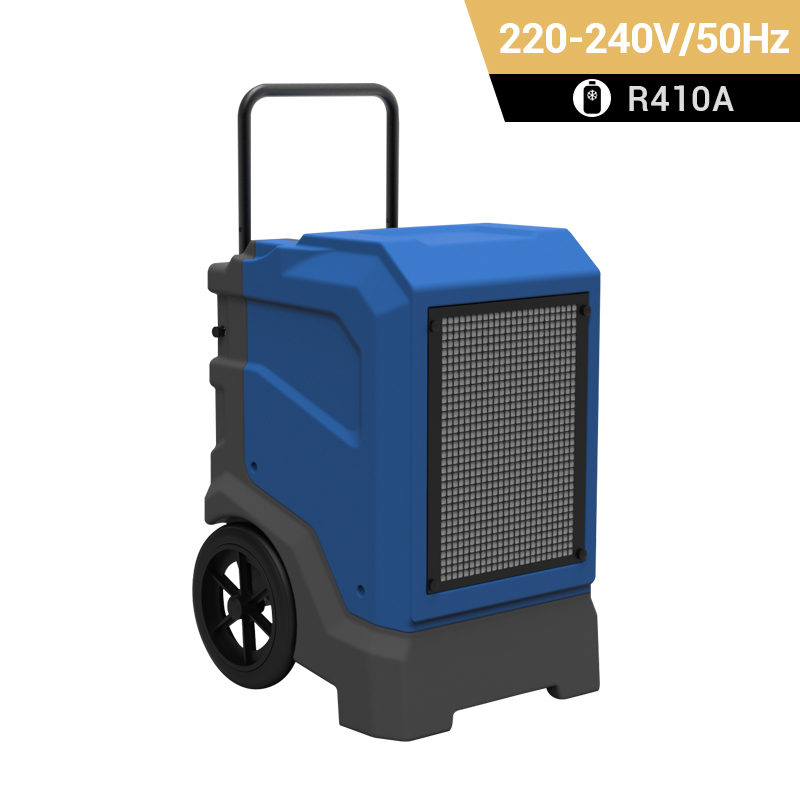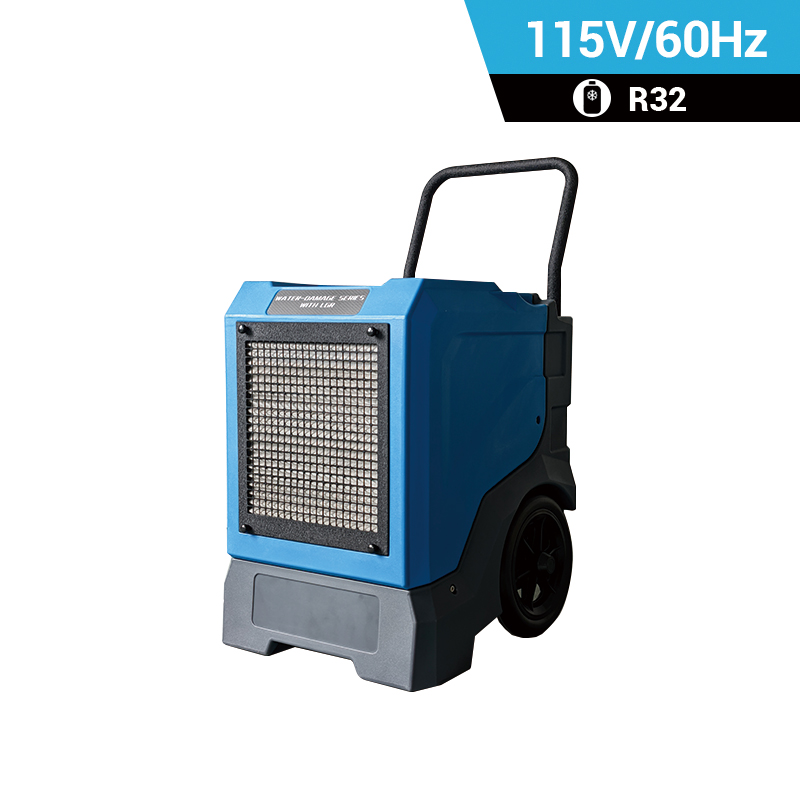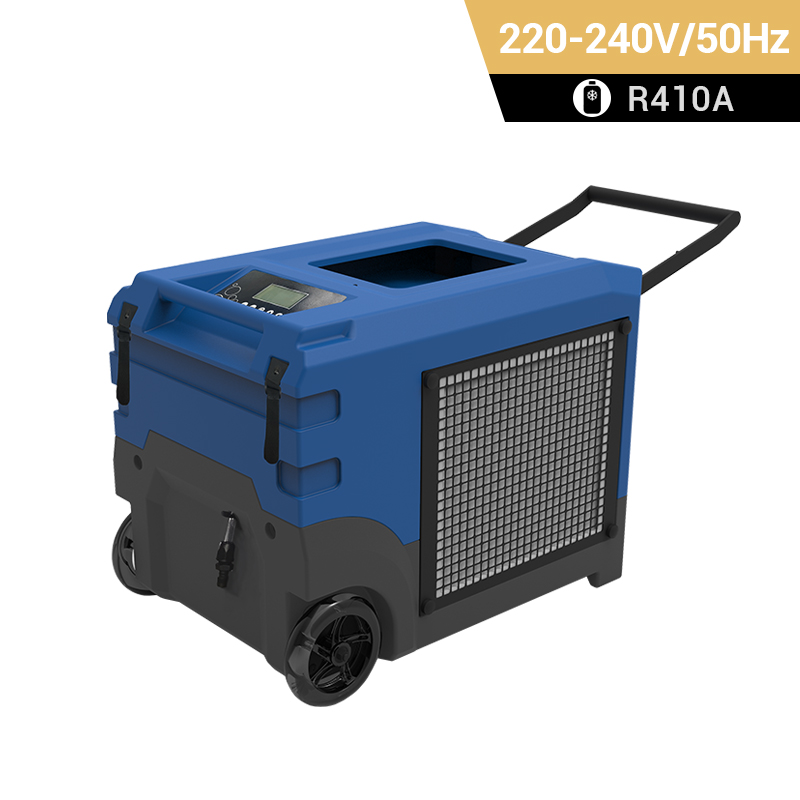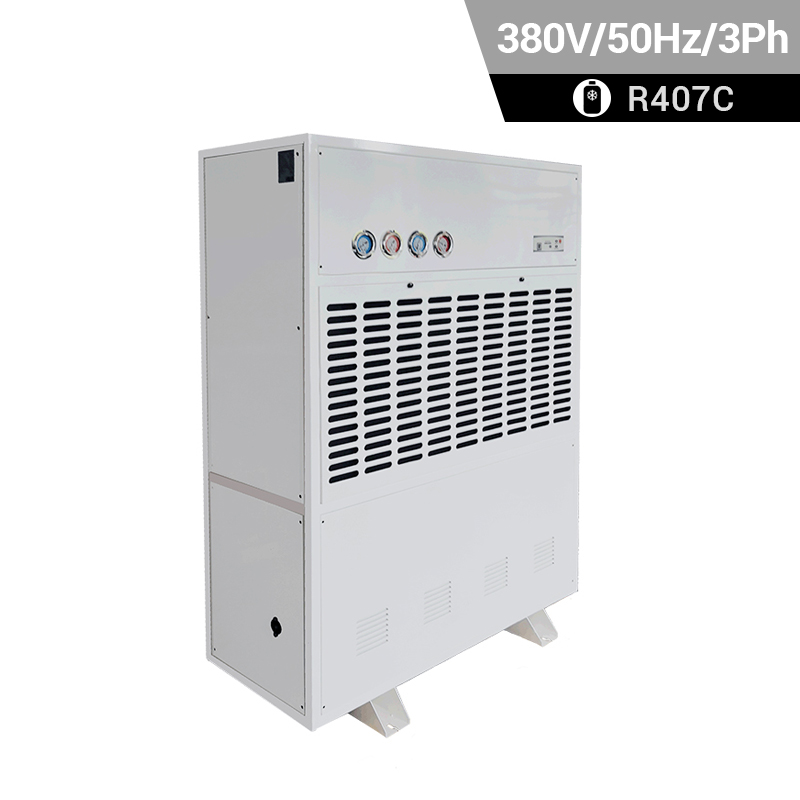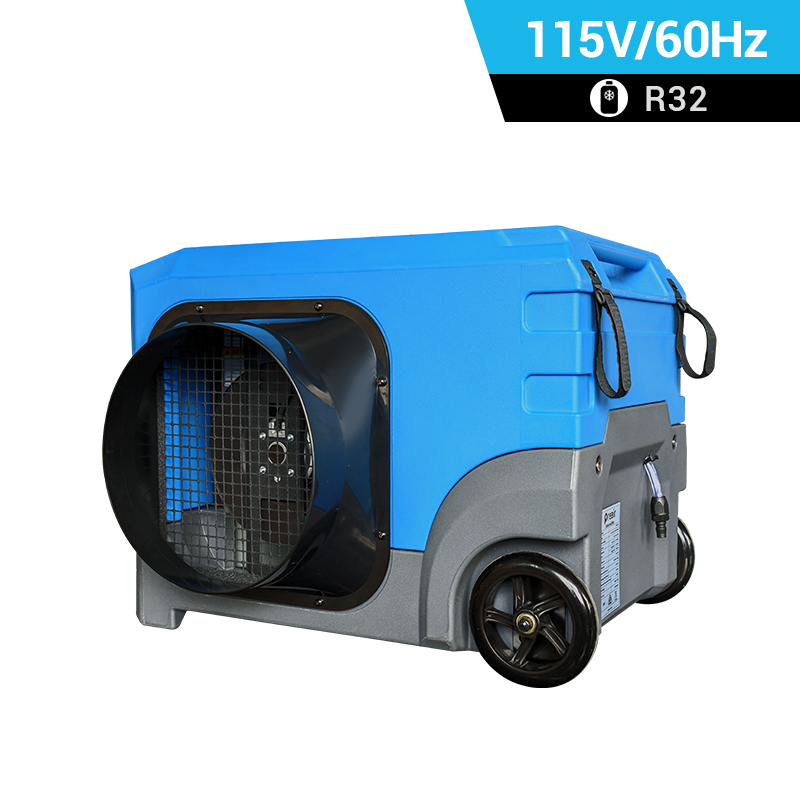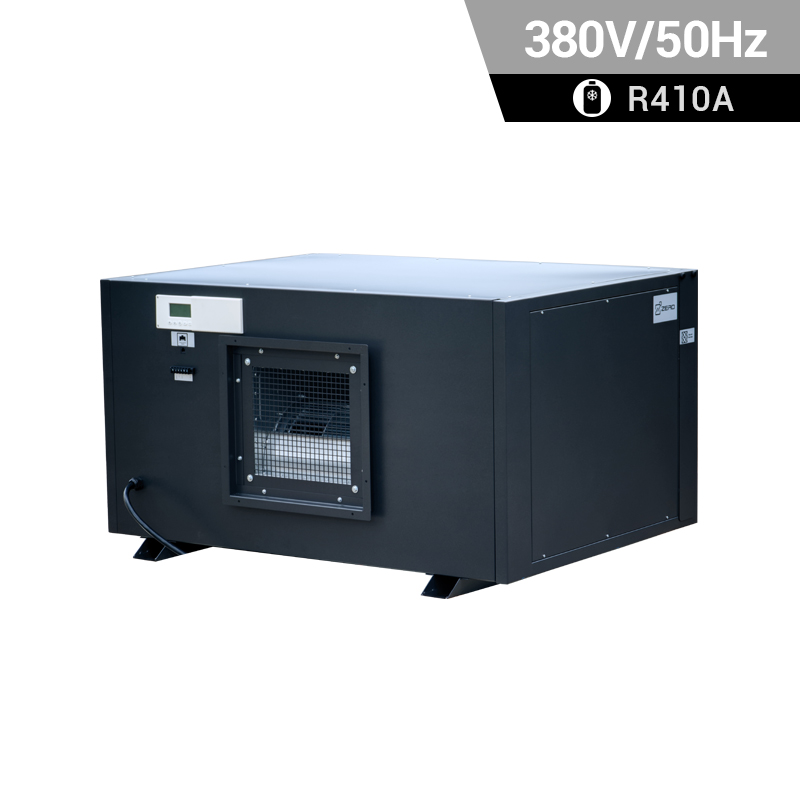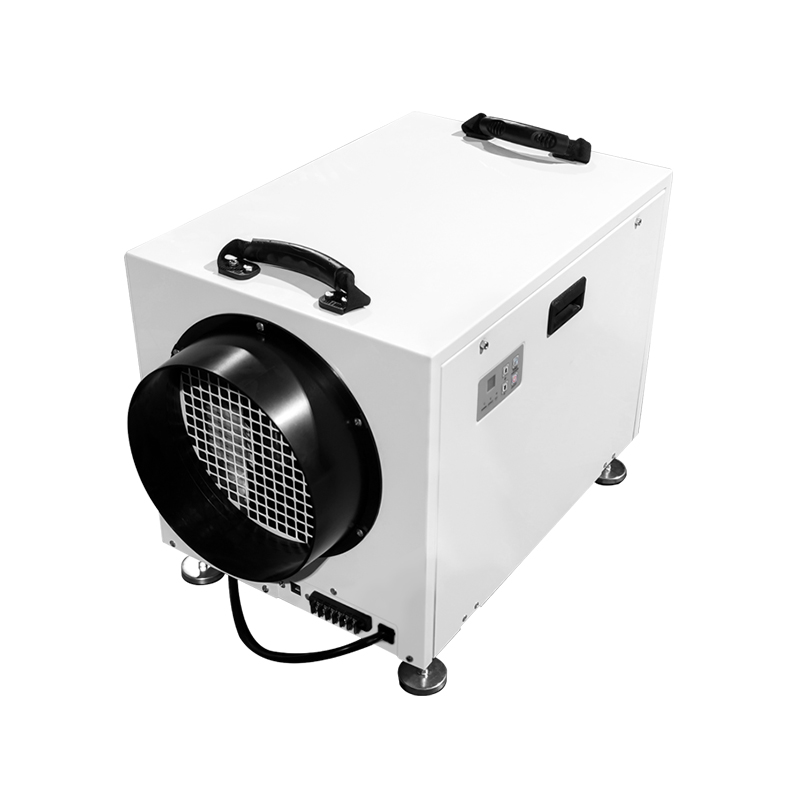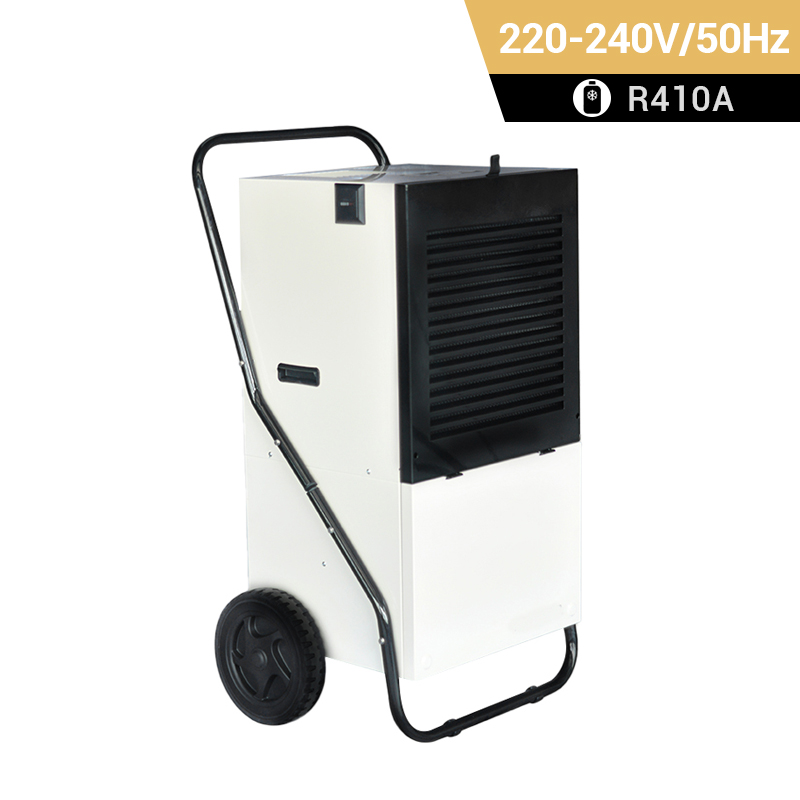How does dehumidifier get rid of mold?
Dehumidifiers play a crucial role in preventing and combating mold growth by reducing and controlling moisture levels in the air. Here's how dehumidifiers help get rid of mold:
1. Moisture Reduction: Mold requires moisture to grow and thrive. Dehumidifiers work by extracting excess moisture from the air, thereby creating an environment that is less conducive to mold growth. As the dehumidifier removes moisture from the air, it helps to dry out the surroundings and make it inhospitable for mold spores to settle and multiply.
2. Prevention of Condensation: High humidity levels can lead to condensation on surfaces, such as walls, windows, and ceilings. This moisture provides a favorable environment for mold to grow. By reducing humidity, dehumidifiers help minimize condensation, which in turn inhibits mold growth on surfaces.
3. Air Circulation: Dehumidifiers often incorporate fans that help circulate the air in the room. Improved air circulation can prevent stagnant air pockets where mold tends to thrive. By continuously moving and exchanging the air, dehumidifiers discourage mold spores from settling on surfaces and help dry out damp areas.
4. Drying of Moist Materials: In cases where moisture has penetrated building materials, such as walls, floors, or carpets, dehumidifiers can aid in drying out these materials. By removing moisture from the air, dehumidifiers accelerate the drying process, which helps prevent further mold growth and minimize damage to affected materials.
5. Maintenance of Optimal Humidity Levels: The dehumidifier for moldy basement allow you to set and maintain the desired humidity level in your environment. It is generally recommended to keep indoor humidity levels below 50% to inhibit mold growth. By consistently maintaining the appropriate humidity range, dehumidifiers help control moisture and create conditions that are unfavorable for mold to thrive.
It's important to note that while the dehumidifier for basement mold can assist in mold prevention and control, they are not a standalone solution for extensive mold remediation. If you already have significant mold growth, it's essential to address the underlying cause, remove the existing mold, and consult with mold remediation professionals who can assess and provide appropriate remediation measures.
Regular maintenance of the dehumidifier, such as emptying the water collection bucket, cleaning or replacing filters, and ensuring proper ventilation, is also important to ensure its optimal performance in managing moisture and mold prevention.
Related Products

Top Selling Products
-

Phone
-

E-mail
-

Facebook
-

Youtube
-

Top



